

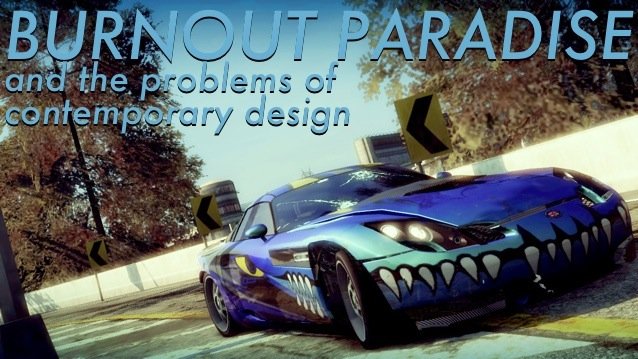
The Burnout series has the reputation of being one of the best arcade racing games around, and has over the past two generations. There’s only a four-year gap between the breakout game, Burnout 3: Takedown in 2005, and 2008’s Burnout Paradise, but the generational changes in game design are notable. Takedown is a largely linear, level-based racing game, while Paradise uses an open-world design with progress determined by number of levels completed.
In terms of moment-to-moment racing, the games are quite similar. The physics, the feeling of speed, the rush from taking down an opponent, all very similar. The distinction are almost entirely in how the two games are framed, which makes them an excellent lens through which to compare trends in game design. Burnout Paradise doesn’t come across well in this comparison. Its trend-chasing leads it toward open-world design and indirect progression, which cause it to lose a great deal of the power that earlier games like Takedown possessed.
In Takedown, you progress by unlocking harder levels after finishing earlier, easier ones. This is the way that video games have generally worked, since their inception. The further you get in the game, the more difficult everything becomes, and the greater the sense of accomplishment when you complete the most difficult levels. Burnout 3: Takedown is one of my all-time favorite games in those terms, to be honest. Getting to the later levels builds huge amounts of tension and frustration before releasing them in victory. I still have my almost-complete saved game on my memory card—I can’t bear to delete that much effort.
Paradise loses this entirely. New races are discovered by driving around its open world, and can be raced at any time after discovery (unless they require a specific car). Progression is achieved by completing a certain number of those races, which “upgrades your license.” That gives you more cars to drive and raises the difficulty a bit, but the races are always the same. Same tracks and same lengths, the only difference is which cars are involved. Some of the benefits of progression remain, but the benefit of new material and increased challenge? That’s totally gone, replaced by a number that ticks up. You’re not doing the next-hardest race, you’re just getting one number closer to an improvement in your letter.
Burnout Paradise’s open world negatively affects the tension and variety of the races.This wouldn’t be so bad if the racing was high-quality, but Burnout Paradise’s open world negatively affects the tension and variety of the races. The single biggest design mistake: while races start from any point on the map, they only end at one of eight locations. This severely limits the variety of races, as they all end up going to familiar points on the map; no matter how they start, you know how they’re going to end.
The totally open world during races also works against Paradise. Since every street in the city is available for any race, the primary difficulty of each race is “what is the best route?” instead of “will I be faster than my opponents?” It becomes a matter of racing against the map instead of other cars—it’s entirely possible, if you choose an alternate route, that you’ll never even see your opponents after the start of the race. Pausing the game to look at the map two or three times per race is the opposite of exciting, yet it feels mandatory.
Sadly, older open-world games like Grand Theft Auto: San Andreas had already figured out how to make tense races on courses on a wider map. Had Burnout Paradise created more specific tracks by gating off certain options, and having a wider variety of finish lines, many of its most annoying problems could have been solved. A handful of events use some checkpoints, but they’re rare.
Your car is given a sort of geographical permanence in Burnout Paradise which makes conceptual sense—you start driving where you ended the last race—but in practice it creates annoying and boring consequences. For example, in order to change your car, you have to drive it to one of the five garages on the map. This regularly adds a few minutes of time to the decision.
As entertaining as it may be to do individual events, there’s no build-up, no tension, no release, no drama.More importantly, it eliminates one of Burnout 3: Takedown’s most intense components: the multi-part races. I have vivid memories, over half a decade later, of going into the third race of a season knowing where I’d have to finish, and how I’d also have to prevent my chief rival, the white sports car, from finishing higher than third. The opposing cars in Paradise are virtually irrelevant. Nothing like the mini-rivalries of Takedown are possible, since the geographical permanence forces your car to exist at the end of each race without it being able to immediately move to a continuing race.
This is the problem with Burnout Paradise. As entertaining as it may be to do individual events, there’s no build-up, no tension, no release, no drama. It’s just a series of roughly equivalent events. Chasing the open-world fad might have seemed like a good idea, but it renders Burnout Paradise a massive disappointment—and one which demonstrates the worst ideas of the recent gaming generation.
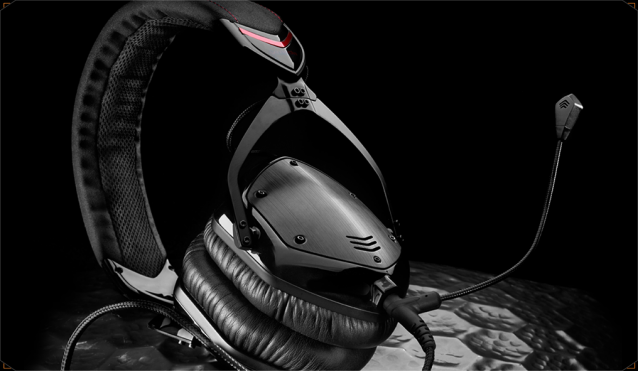
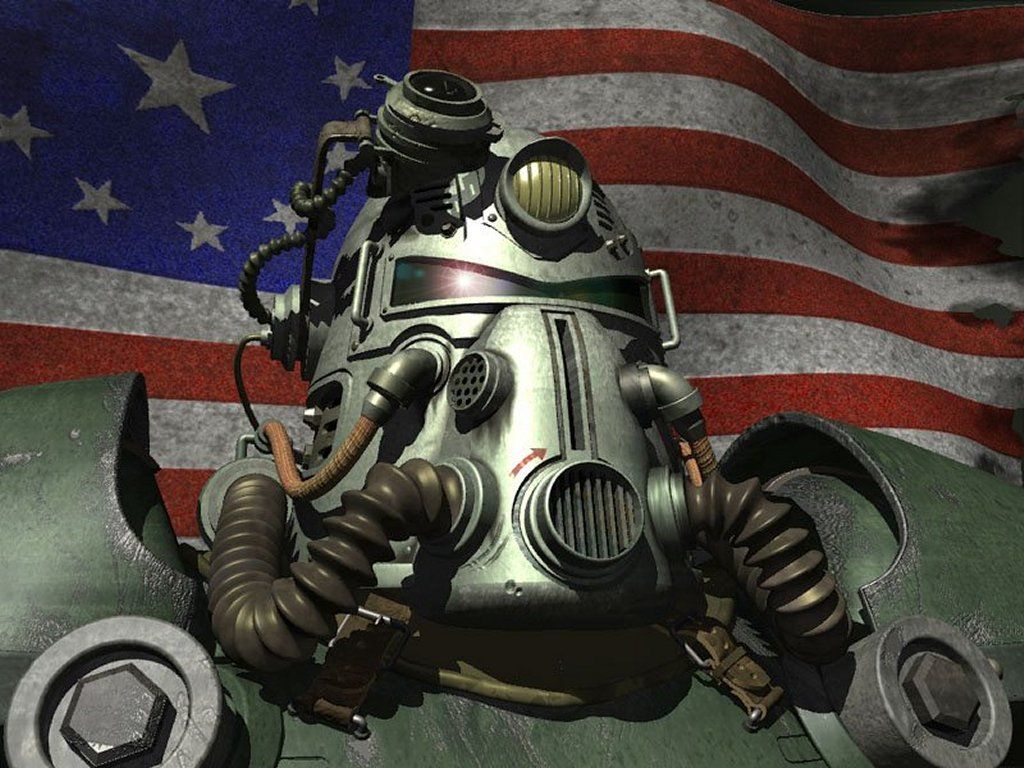
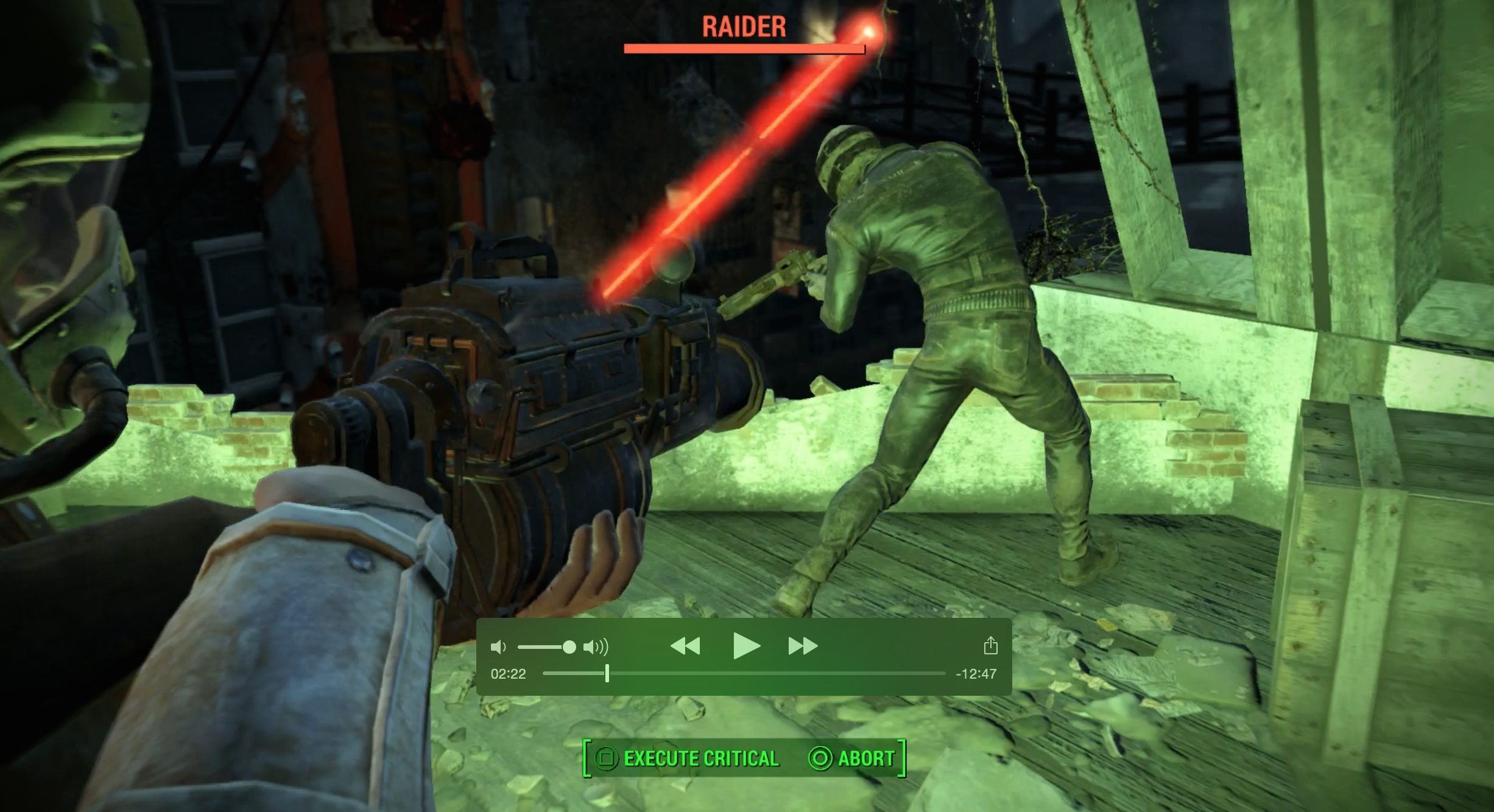

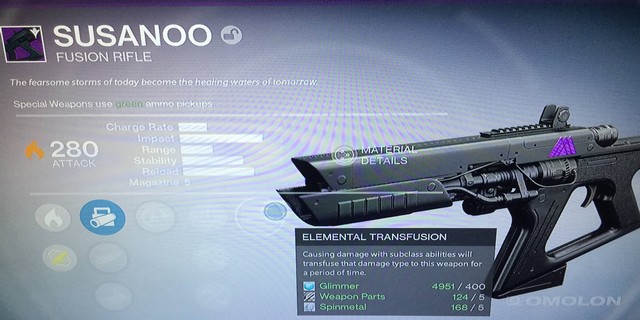 Destiny: The Taken King Guide: How To Get Warlock Subclass Specific Fusion Rifle
Destiny: The Taken King Guide: How To Get Warlock Subclass Specific Fusion Rifle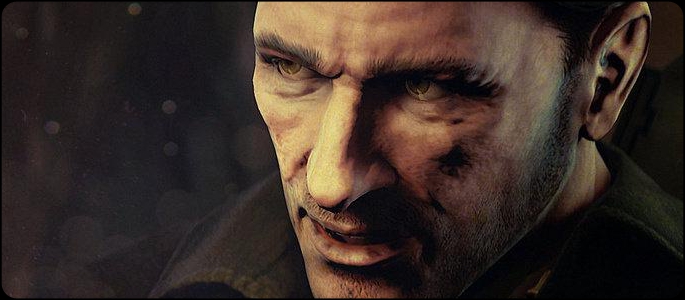 Resistance 3 Trophies List
Resistance 3 Trophies List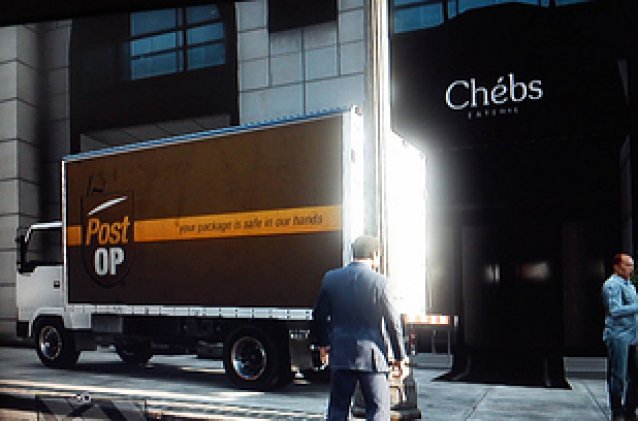 GTA 5 and Transphobia: Exploring Rockstars Troubling Imagery
GTA 5 and Transphobia: Exploring Rockstars Troubling Imagery Ariana Grande Falls during Toronto Concert
Ariana Grande Falls during Toronto Concert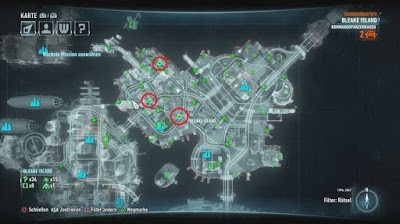 Batman Arkham Knight All Riddlers bombs locations
Batman Arkham Knight All Riddlers bombs locations